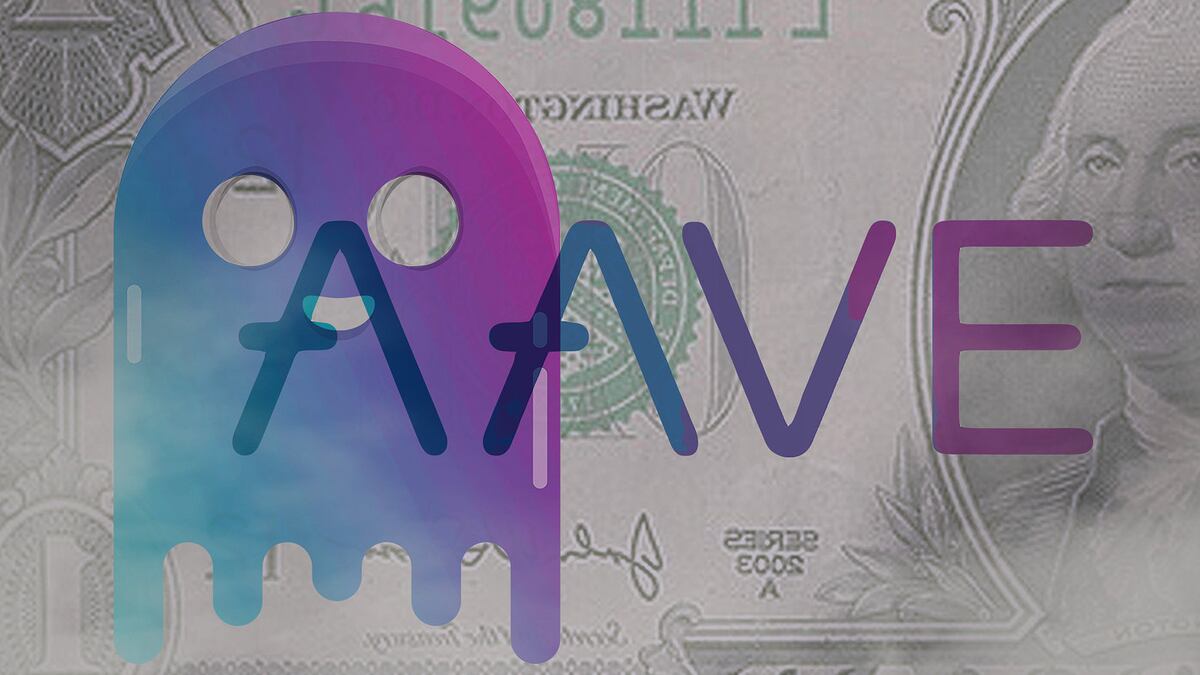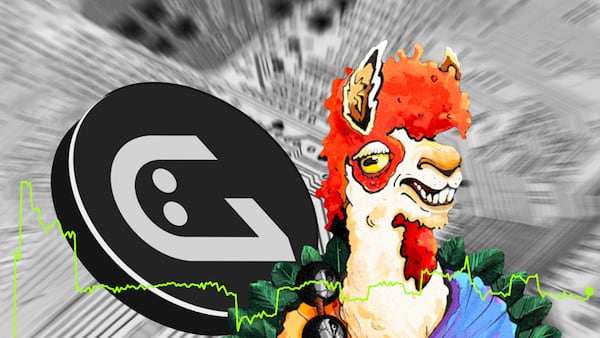- Aave's stablecoin was trading below $1 for months.
- GHO hit its peg after it was added to Aave's safety module.
GHO, a stablecoin from DeFi lending titan Aave, finally hit its $1 peg Tuesday, more than six months after its launch.
It was the culmination of a monthslong, multifaceted effort that included an incentives programme and deeper integration with the Aave protocol, measures intended to boost demand for the stablecoin.
“Was a long journey for the Aave community to get here and now finally after 6 months the overcollateralised GHO is now finally at peg,” Aave founder Stani Kulechov wrote on X.
“Congrats to the Aave community for enabling fundamental building blocks for DeFi and payments.”
It’s a critical development for a product envisioned as a reliable source of revenue for Aave DAO, the digital cooperative that governs the Aave protocol. The protocol held more than $7 billion in user deposits on Tuesday.
Stablecoins are among the most successful real-world applications of crypto technology, having gained a foothold in some developing economies.
That’s because they’re meant to be stable — pegged to $1 at all times — but GHO began to decline relative to the dollar immediately after its launch.
GHO is minted when Aave users borrow it against crypto collateral. As of Tuesday, there were about 35 million GHO tokens in circulation.
Stablecoin researchers blamed the discount on insufficient demand and lack of a proper redemption mechanism by which holders could swap their GHO for $1 in other crypto assets.
Much of GHO’s rise in recent months appears to have come from efforts to add the stablecoin to Aave’s safety module, a vault of locked-away tokens that are distributed to users in the event the protocol suffers a shortfall.
The integration was approved in December by Aave DAO. It was meant to make the stablecoin more attractive to would-be buyers, by giving them a way to earn yield on their GHO holdings.
Users who lock up, or “stake,” their GHO could earn 10% yield on the staked GHO as of Tuesday, according to a dashboard on Aave’s website.
The price of GHO steadily declined since its launch, dropping below $0.96 on November 21. But it jumped to $0.98 within a week of longtime Aave contributor Marc Zeller’s proposal to Aave DAO to add GHO to the protocol’s safety module.
GHO jumped again on January 25, when the safety module integration took effect.
Since then, it has fluctuated between $0.99 and $1, hitting its peg on January 30 and on Tuesday.
Another recent upgrade called the GHO Stability Module, or GSM, should help the stablecoin keep its peg.
Since its debut last week, users have been able to borrow GHO against USDT or USDC on a one-to-one basis. It also allows anyone who holds GHO to use Aave to redeem the token for USDT or USDC, also on a one-to-one basis.
GHO proponents are riding the token’s momentum.
Aave Labs, the software development company behind the Aave protocol, has proposed bringing GHO to other blockchains. And Aave DAO delegate TokenLogic has proposed the creation of a select group that could tweak the token’s parameters, with an eye toward increasing the number of tokens users can mint.
Aleks Gilbert is DL News’ New York DeFi correspondent. Have a tip? Contact him at aleks@dlnews.com.







